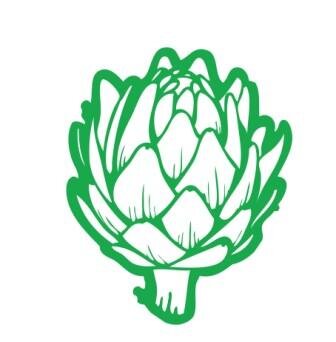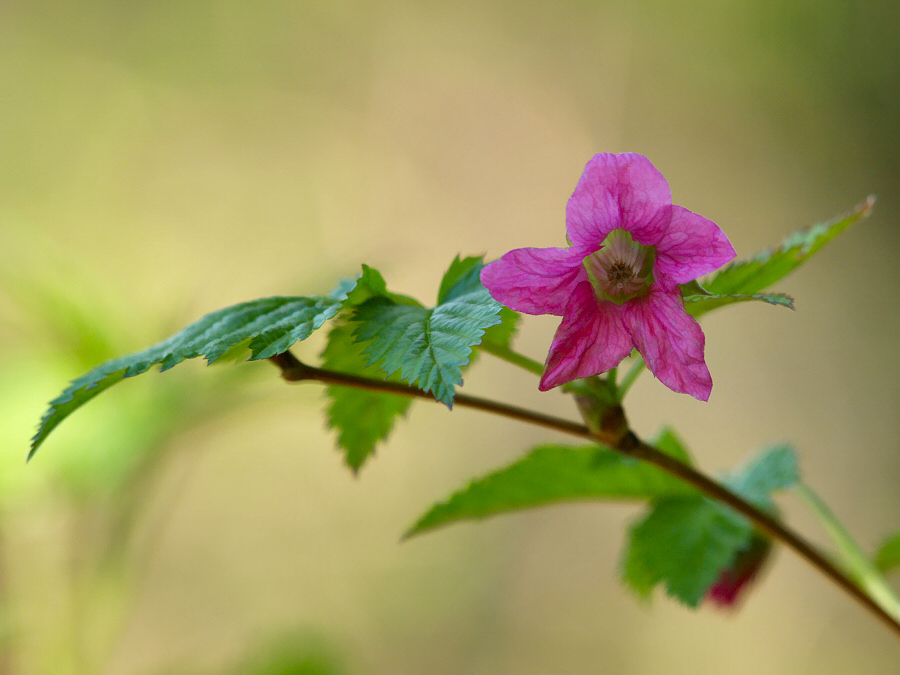Blueberry "Half-High" (S Vaccinium corymbosum x V. angustifolium) *Multiple Varietals Available*
Blueberry "Half-High" (S Vaccinium corymbosum x V. angustifolium) *Multiple Varietals Available*
This semi-dwarf blueberry variety is a cross between Northern High Bush and Northern Low-Bush variety. Blue-green leaves change to red in fall. White flowers produce small, sweet dark blue fruits. Fruits can be eaten raw or cooked. Plants are fire and drought tolerant.
Sun: Blueberries like full sun. They will tolerate partial shade, especially late in the day.
Soil: Blueberry plants need acidic soil to thrive; the ideal soil pH for blueberries is between 4.5 and 4.8.
Water: Water blueberry plants during the day. Keep the soil moist but not soggy. Give them at least 1" per week during growing season and up to 4" per week during fruit ripening. Keep the soil moist to a depth of 1".
Zones: 3 to 7
Height per varietal:
North Country: 1.5 to 2 feet
North Blue: 3 to 4 feet, open and upright plants
Polaris: 3 to 4 feet
Northsky: 1.5 to 2 feet
"Chippewa" is a variety developed in Minnesota. Mid-Season, smooth fruit taste. The bush is slightly larger than "Polaris" and more upright than "Northblue". Berries are sky blue and the largest of all Half-High varieties. "Chippewa" variety is excellent for container pot or patio plant.
"Northcountry" grows slightly larger than Northsky, reaching 3 feet in diameter. Early-Mid, with classic blueberry taste/ It displays compact bush characteristics similar to "Northsky", but is more vigorous and adaptable in less than optimum soil types. With its dark green summer foliage and scarlet fall color, "North Country" is one of the best varieties for patio pots in the edible landscape.
"Northsky" is the most cold-hardy of all blueberries and can survive extreme winter conditions. Mid-Season, and fresh-wild taste. Even in warmer areas, Northsky has been quite popular as a wonderful addition to the landscape, being particularly well suited for container growing, borders or group plantings. The bush grows 2-3 feet wide and begins spring completely covered in snow-white blooms. The foliage is dense, with small glossy green leaves in summer.
"Northblue" is a great landscape plant and proven producer of quality fruit in cold climates. The fruit has a “wild” taste that makes it excellent for baking or fresh eating. Northblue has survived winter temperatures to minus 35°F, although production is maximized when snow protection is adequate. Recommended for those desiring a higher yielding, cold-hardy variety.
"Polaris", a variety developed in Minnesota, is recommended where a cold-hardy, early ripening companion to "Northblue" or "Chippewa is desired". The berries are aromatic and very sweet. For best pollination and fruit set, plant Polaris alongside other cold hardy varieties.











